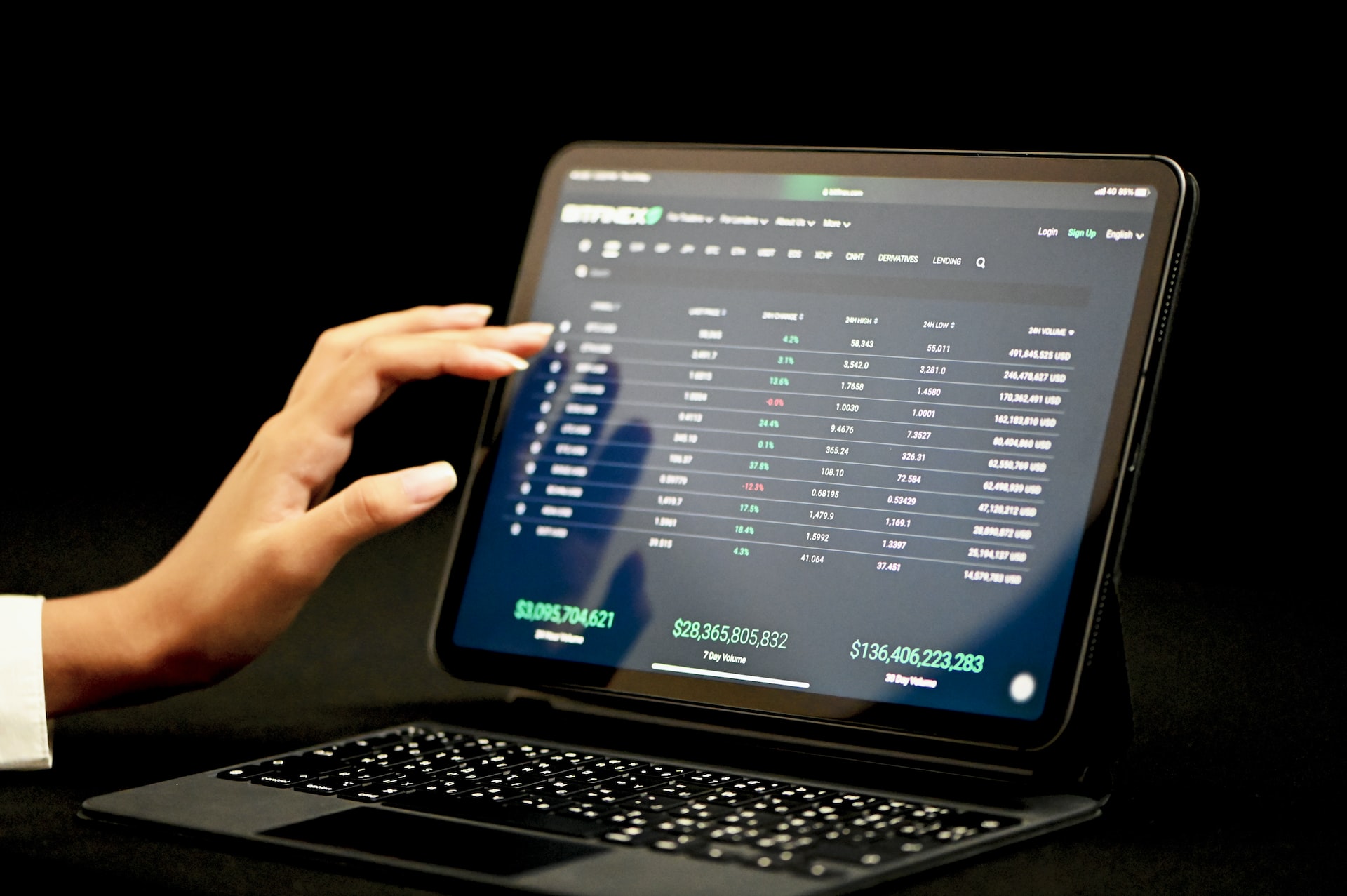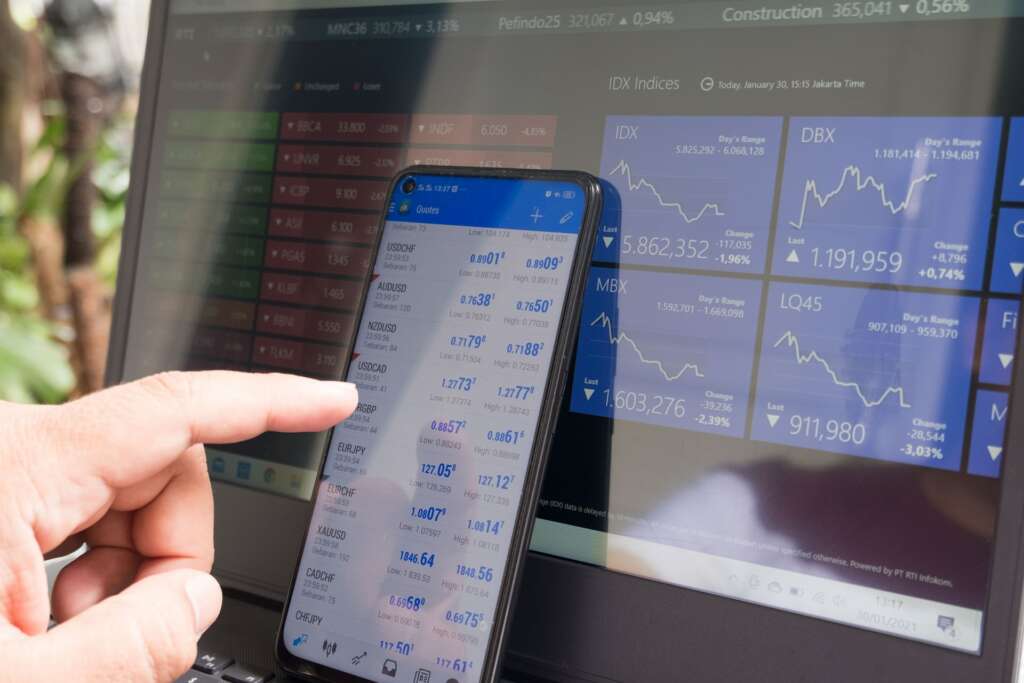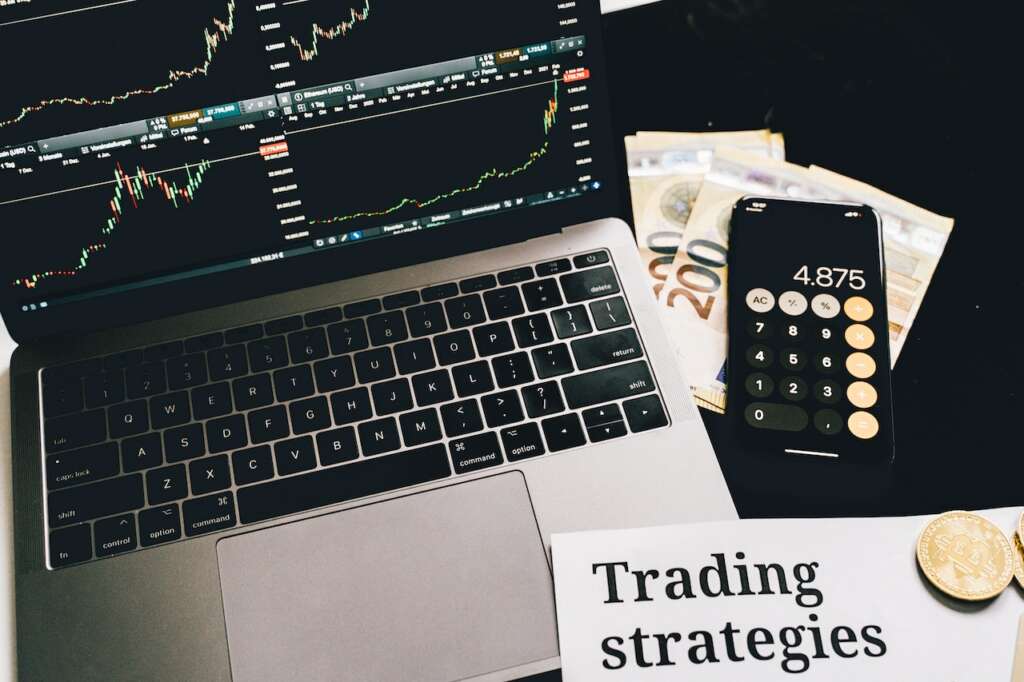
Measuring Trading Performance: The Dos And Don’ts
Posts by Alan TaylorMarch 21, 2023
How to plan for the future? To save or to invest. Naturally, the latter option is the method most financially savvy individuals choose.
That is so because they want to rake in passive income and grow their accumulated funds to a point where they have a decent foundation for wealth.
Without question, investing, when done right, can give people’s savings that extra needed kick to make their goals reachable and their prospects brighter.
According to a recent Gallup survey, around one hundred and fifty million Americans own stocks, with most holding them indirectly via retirement accounts such as a 401(k) or mutual and index funds.
That said, the reality of stock investing in the US is that only a minor section of the population holds stocks directly, with this percentage hovering at around 15% of families.
And while this figure is not at the pre-2008 era level, stocks still remain a terrific investment for virtually everyone on account of offering excellent capital appreciation over time.
Anyone getting into the habit of trading these securities should be wise to fees, grasp that taxes take a bit of profit, get familiar with filings, and know that there is no perfect metric and that measuring investment returns is essential.
Over the past two decades, much has gotten said about gauging the trading performances of stock portfolios, in large part due to the rise of tech/software that enables simple investment tracking and has various tools that aptly seek to maximize income with low risk while protecting funds from inflation and taxes.
Not everyone is in the same school of thought regarding this topic. But below, we have aggregated the top three established approaches to measuring trading performance and three things a sizeable portion of the investing public frequently neglects or unjustifiably foregoes.
The Dos Of Measuring Trading Performance
Various tactics can get implemented in assessing where one’s portfolio stands, meaning its health.
Multiple metrics can get found inside strategy performance reports at brokerages, which are data compilations based on different mathematical aspects of a trading system’s past results.
Traders create these to scan and evaluate historical data. And then, they often apply a set of rules to determine how their strategy would have done during specified time intervals in a popular process called back-testing.
Some of the things everyone likes to draw attention to when ways of measuring trading performance come up are the profit factor, the Sharpe, Calmar, and Sortino ratios, the 2% method, the absolute/relative drawdowns, and points or pips.
In short, trading performance metrics should get centered around profitability, and investors should measure these in short sprints.
All that aside, the main things most portfolio managers and individual traders like to focus on when considering investing performance are monitoring returns, properly appraising financial hazards, and keeping a trading journal that possesses all the essential info of their trading past. These get elaborated on below.

Tracking Returns
What is a return? It is an asset’s change in price over time. It can get represented as a modification in its percentual value or as a currency figure.
A profit is a positive return, while a loss is a negative one. For comparison purposes, returns often get annualized, as this is a simple method of figuring out the loss or gain attained for an interval that an investment got held.
Note that real returns compute external factors, such as the effects of inflation. And a total one, relating to stocks/shares, adds interest payments and dividends.
Without question, the easiest way to see how a portfolio or a single investment is doing is to track its returns. But while also taking note of the aspect mentioned above.
Thanks to the miracles of tech, this is now a breeze, especially with the utilization of software trackers, such as StockMarketEye.com.
Managing Risk
Risk is exposure to danger. In the financial world, that danger is a loss of money.
Hence, risk management is the analysis, identification, and potential responses to situations that can affect an investor’s ability to maintain or grow his funds.
Effective risk management ensures that the incidents of risk drop tremendously or their potential impact is only mild.
In essence, there are three responses to risk. The first and the most favorable one is avoidance. It strives to eliminate it by removing its root causes, not letting it happen at all.
Mitigation, on the other hand, entails lowering the possibility of any risk occurring, and acceptance is when it is too late to circumvent the materializing of the expected danger.
Thus, concerning the latter, steps should be in place to properly face its impending consequences.
Risk management is vital to measuring trading performance because it empowers investors with the tools to spot/deal with looming hazards.
It is something entirely different from risk tolerance, which is how big of a risk exposure an investor is willing to reveal himself to at any given time.
The top reason why monitoring and managing risk is so paramount is that it is inseparable from return in the investment sphere.
A myriad of instruments exist that help individuals ascertain risk, and the beta, which is the measure of systematic risk in the market or its volatility, is likely the one that most get bandied about.
It is the antithesis of the alpha and is the barometer for excess returns. Trading apps implement these and other measures to give a clear view of any investment opportunity.
Keeping A Trading Journal
Recording trades, with all their available accompanying information, is a terrific way to improve one’s trading activity.
It supplies opportunities to learn from past mistakes regarding capturing ideal opening and closing positions and aids in enhancing execution ability.
In the past, investors used to keep journals manually, using pen and paper, before navigating over to Excel and Google Doc spreadsheets.
Today, several high-end software solutions are easily found online for those willing to spend some dough to help refine their strategies and snag higher profits.
Edgewonk, TraderSync, Tradervue, and Trademetria are just a few picks from this batch, supplying staggering record-keeping capabilities at reasonable prices, some with AI functionalities, individual analysis, and strategy back-testing.
The main benefit of a trading journal is that it acts as a vast source of information that will clearly show an investor’s most suitable trading style while identifying his past strengths and weakness.
Numbers don’t lie, and taking a factual analysis stance to trade allocation and market movements can shed insights into one’s personal trading psychology and how to adjust risk levels to find a better chance at success.
The Don’ts of Measuring Trading Performance
Make no mistake. For many, investing is like gambling. It can produce a similar dopamine release because it also deals with money and uncertainty.

The combination of these can generate a natural high, as making properly-timed moves based on knowledge and instinct can lead to potential cash windfalls. Therefore, there is a sizeable level of excitement for many concerning trading securities.
Adrenaline-inducing stock movements aside, most experienced investors suggest playing the long game and not getting preoccupied with continuously monitoring one’s assets.
They recommend only periodically checking the state of securities, not rushing to judgment, and understanding that markets go through peaks and valleys.
Continuously growth and stability are not something anyone can expect in any landscape.
The trick is to not over-react when looking at charts and numbers, understand that feedback is critical, and not miss out on the advantages that artificial intelligence and machine learning programs can provide. Also, look to avoid the three pitfalls presented below.
Focusing Solely On Profits
In investing, or any securities trading, people always look at the average profitability per trade or the profit/loss ratio, which is the proportion of the size of winning to losing trades, as a sign of success.
Some also emphasize the profit factor, defined as the gross profit divided by the gross loss for a specific interval, with the gross loss including commissions.
Yet, while everyone wants to know how much money they are making, it can be detrimental to only highlight this metric.
Additional ones like the percent profitable measure, or the probability of winning, the expectancy of a system, its average trade net profit, and the maximum drawdown (worst case scenario) provide a more comprehensive view of a strategy’s efficacy. In other words, the capability to reach trading aims.
Overlooking Costs
People say that investing is putting money to work, but some laypersons do not realize that this comes at a cost.
Brokers and portfolio managers charge commissions for their services, usually in the form of a profit percentage or a flat fee.
Then there are fees and expenses tied into 401(k) retirement plans and various funds. On top of these, investors that see monetary benefits from their trading approaches must pay income taxes.
And if they actively have traded securities whose values have jumped, they have to give the government an extra taste in the form of capital gains ones.
Naturally, using trading software is the best course of action regarding keeping detailed records of every trade made and its attached tariffs, ones paid to government entities or business partners.
No one must undervalue the size of such fees, as particularly taxes, can take dramatic chunks out of an investor’s bottom line.
Neglecting To Analyze Your Strategy
As touched upon above, all investment strategies substantially depend on an investor’s financial situation and goals.

For example, value investing asks that a trader plays a long game, performs heavy research before starting, runs in-depth stock selection procedures, has boatloads of patience, and has adequate funds to survive market fluctuations.
Those who wish to follow a growth tactic have a different set of things to worry about. These include paying attention to news about the economy and being super watchful of businesses’ executive teams.
Before pouring money into equity, an investor must carefully examine his monetary state, monthly expenses, and debt to discover how much he is willing to invest initially and continuously.
Plus, what are the losses he can incur short and long-term? The last bit determines his risk tolerance.
Based on these elements, an investor can form a strategy he should periodically revamp. That should happen due to transforming market conditions, ensuring that a proper risk-reward relationship is always in place.
Aside from the mentioned value and growth types of investing, two other super-established tactics are momentum trading and dollar-cost averaging.
All of these have pros and cons, and there is no shame in a trader dropping one approach in favor of another when the circumstances shift.
That is a sign of maturity, and using tracking software can quickly recognize such a need. Principally, via all the charting and trending functionalities, these solutions get equipped with now.
To Sum Up
When getting a feel for how one’s securities are doing and their future, it is imperative that individuals never focus solely on profits, overlook the cost that comes with investing, and not reassess their approach from time to time.
Before getting involved in any trade, they should also analyze its risk, look for ways to manage it if they choose to take it on, then track the returns the securities delivers over time while jotting down all the developments it notches in a journal.
Modern software trackers do this automatically in this day and age, and they are an indispensable tool that no trader should lack from their arsenal.
Failure to implement tech solutions in the modern investing market is a foolish choice, as these digital apparatuses give away mountains of invaluable info at a click.
They are data centers previously only available to high-end brokerage firms, but now are something every regular Joe can use for an affordable annual price.
